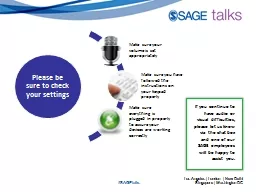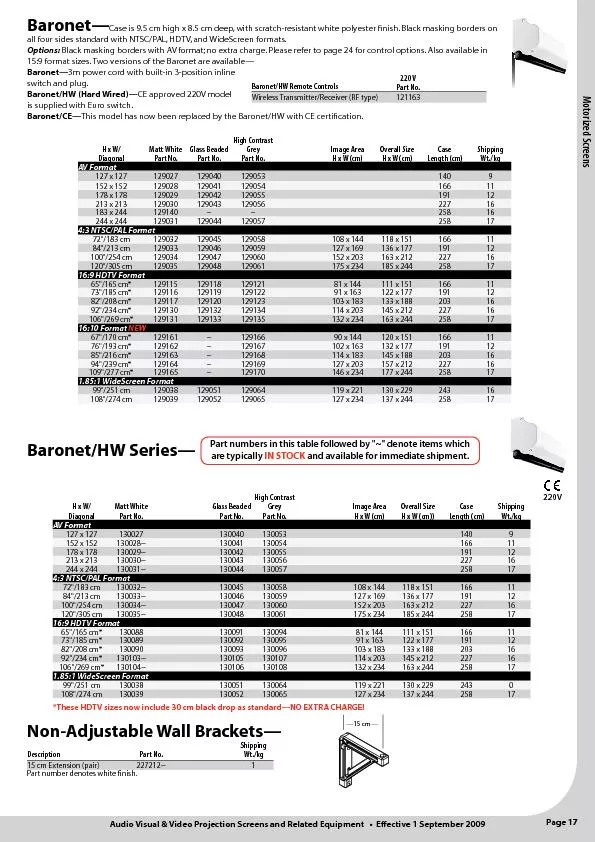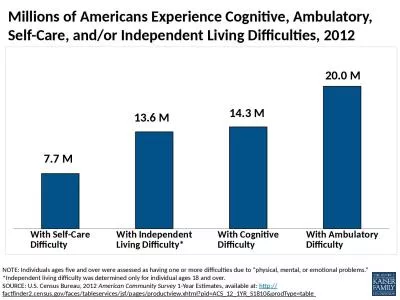PPT-If you continue to have audio or visual difficulties, please let us know via the
Author : HappiestManAlive | Published Date : 2022-08-03
chat box and one of our SAGE employees will be happy to assist you Why Use Mixed Methods Content and Presentation by Russell K Schutt Before we get started Lets
Presentation Embed Code
Download Presentation
Download Presentation The PPT/PDF document "If you continue to have audio or visual ..." is the property of its rightful owner. Permission is granted to download and print the materials on this website for personal, non-commercial use only, and to display it on your personal computer provided you do not modify the materials and that you retain all copyright notices contained in the materials. By downloading content from our website, you accept the terms of this agreement.
If you continue to have audio or visual difficulties, please let us know via the: Transcript
Download Rules Of Document
"If you continue to have audio or visual difficulties, please let us know via the"The content belongs to its owner. You may download and print it for personal use, without modification, and keep all copyright notices. By downloading, you agree to these terms.
Related Documents














